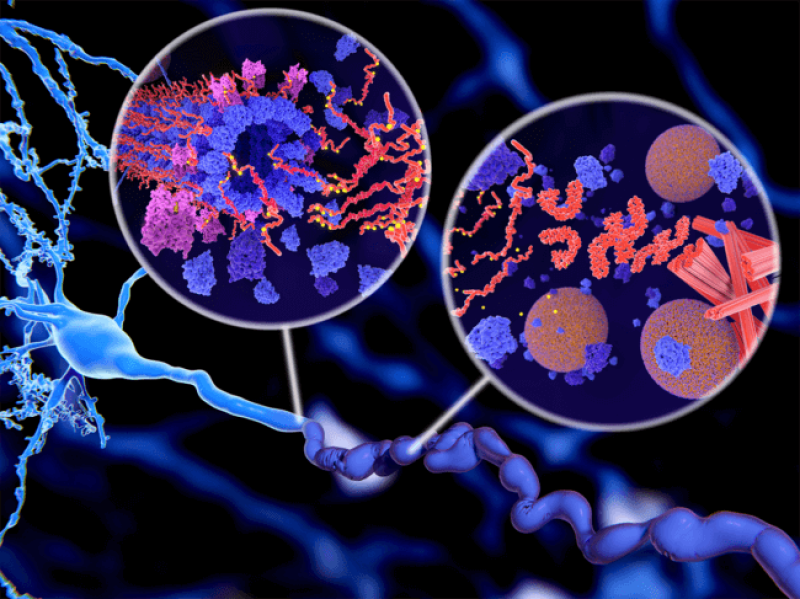Tau was long thought to be a secondary actor. Amyloid plaque builds up first, largely outside of neurons, followed by tau tangles—filaments of the tau protein—which clog their insides. But research has found that people can continue to function well with amyloid in their brain. It is only when toxic tau starts to spread that people begin confusing “breakfast” with “baseball,” forgetting not just where they left their keys but how to use them.
Now scientists in labs across the world are trying to better understand the role of tau in neurodegenerative diseases and to figure out ways to track and tame it before brain cells—and families—suffer.
…
Researchers have only begun to understand what causes tau to turn toxic. A number of recent studies have suggested that the protein may take an aberrant turn after an inflammatory trigger, such as gum disease or an infection, or different conditions, such as “leaky gut.”
…
If this theory proves true, it suggests there might be ways to stop the spark of an infection or another untoward event from igniting the raging fire of Alzheimer’s. But it is still very early days, [researcher Michel] Goedert notes, and more work needs to be done.































